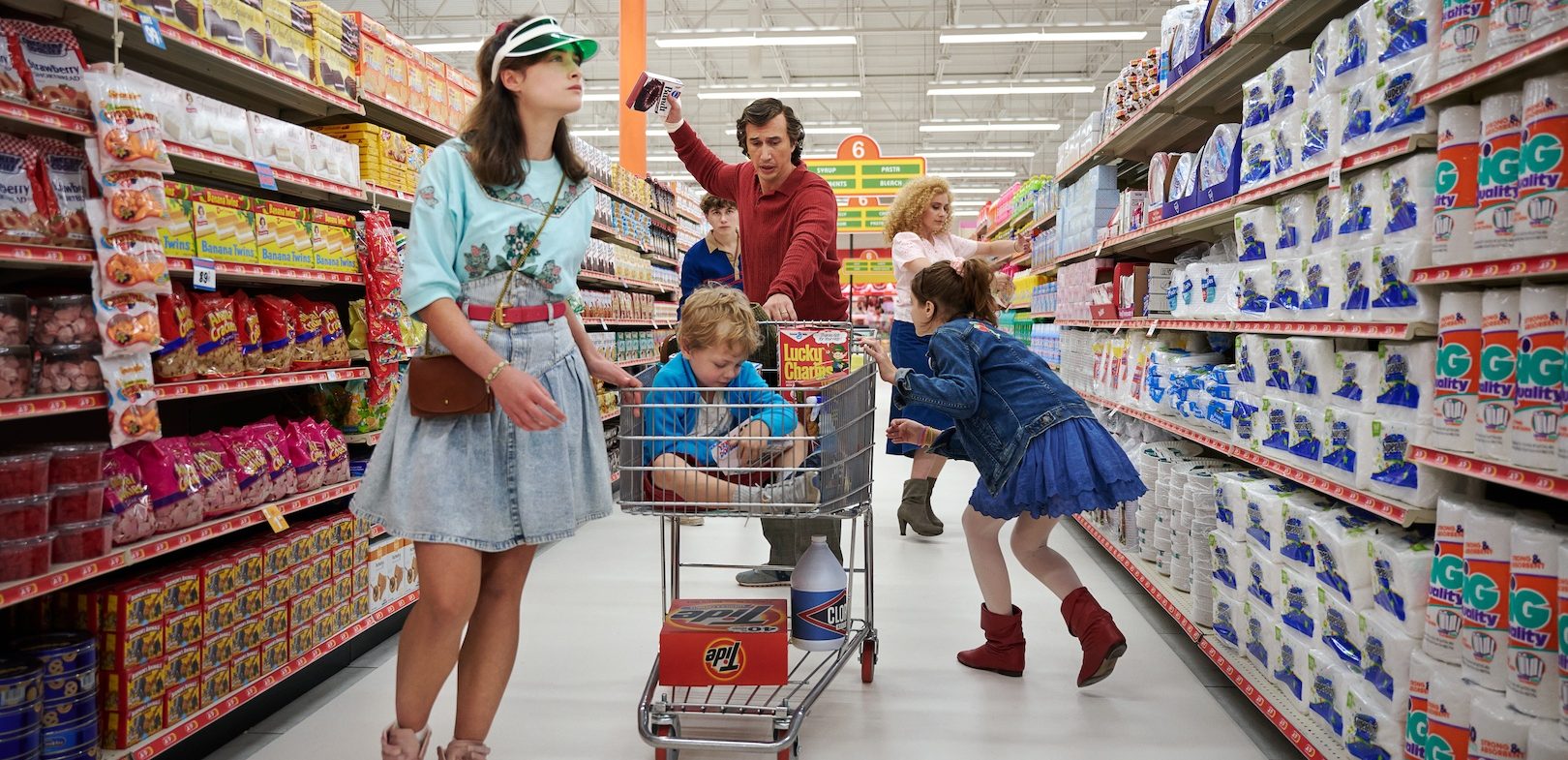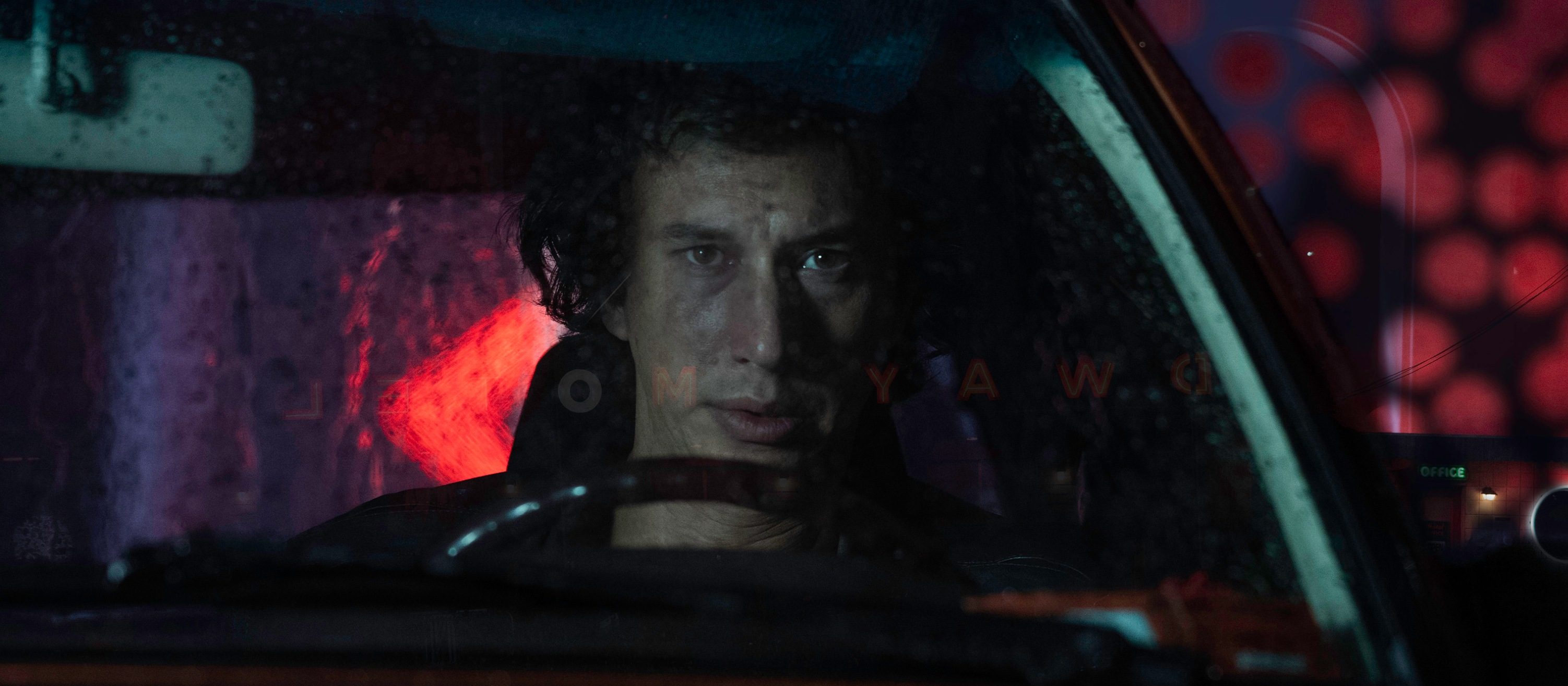Directed by Noah Baumbach, Netflix’s drama film ‘White Noise’ follows the couple Jack and Babette Gladney, who lives a mundane life together in a quiet town named Blacksmith. Jack and Babette’s world turns upside down when a Nyodene D explosion startles their town, kickstarting the “airborne toxic event.” The couple and their children try to run away from the town, only to get stuck amid the commotion the event causes. The film progresses through the aftermath of the event as Jack deals with immense fear of death due to his exposure to a toxic cloud that gets formed after the explosion. Intrigued by the film, we are answering two questions concerning the same. Let’s get into the same! SPOILERS AHEAD.
Beyond Horror: Deconstructing the Genre in White Noise
‘White Noise’ can be considered a blend of several genres. It is ultimately a social critique that uses elements of relationship drama, fantasy, and science-fiction to intrigue the viewers. There is a non-conventional element of horror in the film as well. Rather than a traditional ghost, the fear of death “haunts” both Jack and Babette, who fail to deal with their anxiety-inducing thanatophobia without letting it affect their normal lives. Babette’s demeanor after consuming Dylar is guaranteed to remind us of the archetypical protagonists of horror films, haunted by ghosts. Baumbach also uses jump scare to depict Jack’s thanatophobia as a personalized version of his fear of death attacking him in his dream.

As far as Baumbach is concerned, ‘White Noise’ is a film that aspires to “scare” the audience with the reality it depicts. The influence of television or entertainment mediums for that matter on the human species, controlling the actions of the masses, is a scary portrayal of contemporary times. The unignorable and startling aftermath of manmade hazards is also a part of the film’s narrative. Otherwise, ‘White Noise’ isn’t exactly a horror film. “It was fun to essentially do a nostalgic, alternate ’80s, which wasn’t really what [the decade] was like. Everything was inspired by real things, but we were looking at a memory-slash-fantasy-slash-idea of a time and place,” Baumbach told Vogue about the genre mix in the film.
White Noise: A DeLillo Classic Reimagined in a Pandemic Era
Although the “airborne toxic event” in the film is extremely similar to the Covid-19 pandemic, the same wasn’t created as an allegory of Covid. Baumbach’s film is an adaptation of Don DeLillo’s eponymous novel, which was published in 1985, decades before Covid became a reality. Thus, the similarities between the two startling happenings are coincidental. However, the pandemic’s impact on Baumbach is visible in the film. “It felt like a movie, going into the supermarket at times—no toilet paper, that madness that we all lived through [during the pandemic]. So I had both DeLillo’s supermarkets and what we had been going through in my mind,” the director added to Vogue about the same.

DeLillo’s ‘White Noise’ can be seen as a prophetic work. His critique of the roles entertainment and information mediums play during a hazard or tragedy materialized in reality during the Covid-19 pandemic. In the novel, the explosion and its aftermath get sensationalized as the media takes advantage of the same to stir panic among the public for their own good. Rumor-mongers spread several rumors about the consequences of exposure to the toxic black cloud, which creates immense fear of death in Jack. Likewise, the media sensationalized the Covid-19 pandemic to increase TRP and rumor-mongers spread false accusations against the Covid-19 vaccine.
Read More: Is White Noise’s College on the Hill a Real College?
